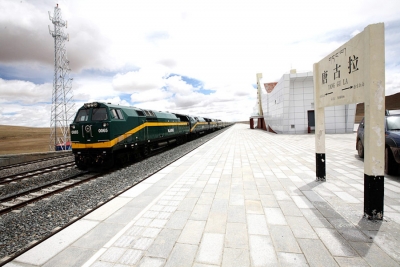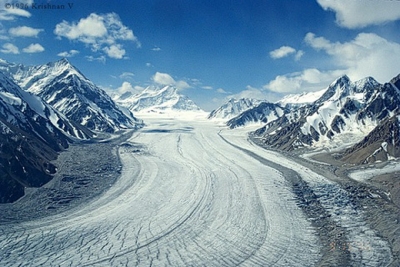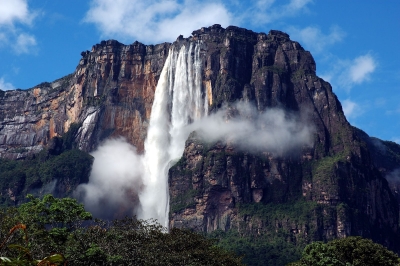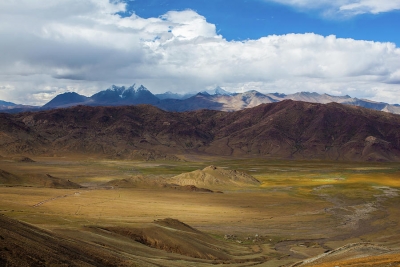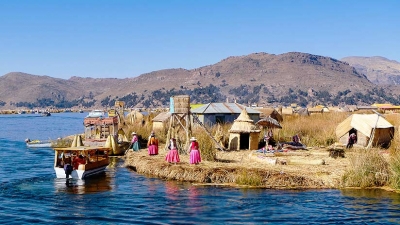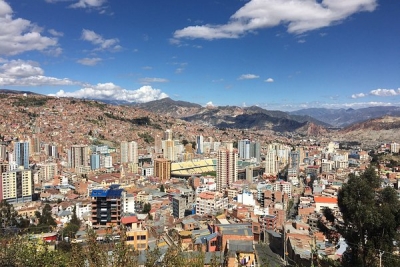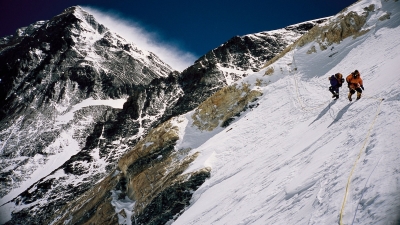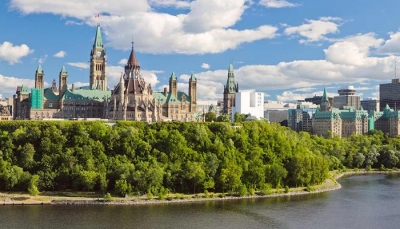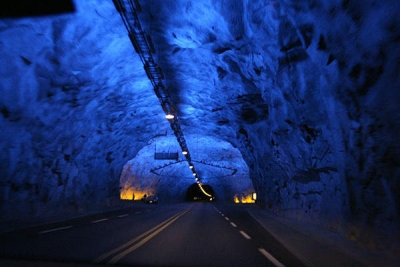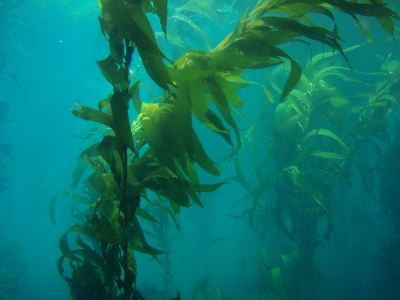Which is the tallest animal?
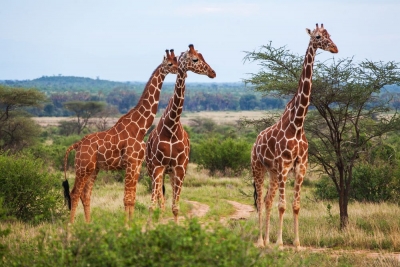
Giraffes are the world's tallest animals with legs as long as 1.8 metres. They not only have long legs, but also have long necks that they use to reach leaves and buds on treetops, which no other animal can reach. They have very long tongues as well, which can be as long as 53.34 centimetres.
Living in the African savannah, they move at a speed of 16 kilometres per hour to cover long distances and can run as fast as 56 kilometres per hour in short distances. Although their massive height becomes advantageous while looking out for predators, it also becomes a difficulty while they drink from water holes. With their towering legs, the only way to drink water from these water holes is to bend down in a weird position that makes them vulnerable to attack. The wild cats of Africa are the most common predators of the giraffes.
Their favourite food is Acacia leaves. Like the cows, they regurgitate their food and chew it as cud. Their diet also keeps them hydrated, as the leaves have a lot of water content in them and helps them to avoid going to the water holes frequently. They also travel really long distances to find their meal as they consume about a hundred pounds of leaves every week, which is a big volume of plant matter to be found in one area.
Picture Credit :Google
